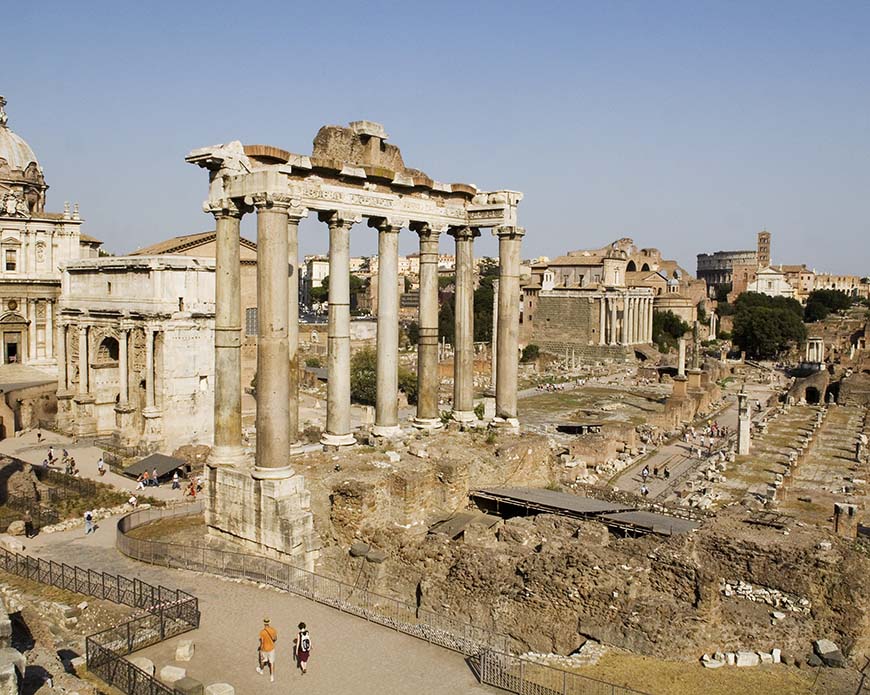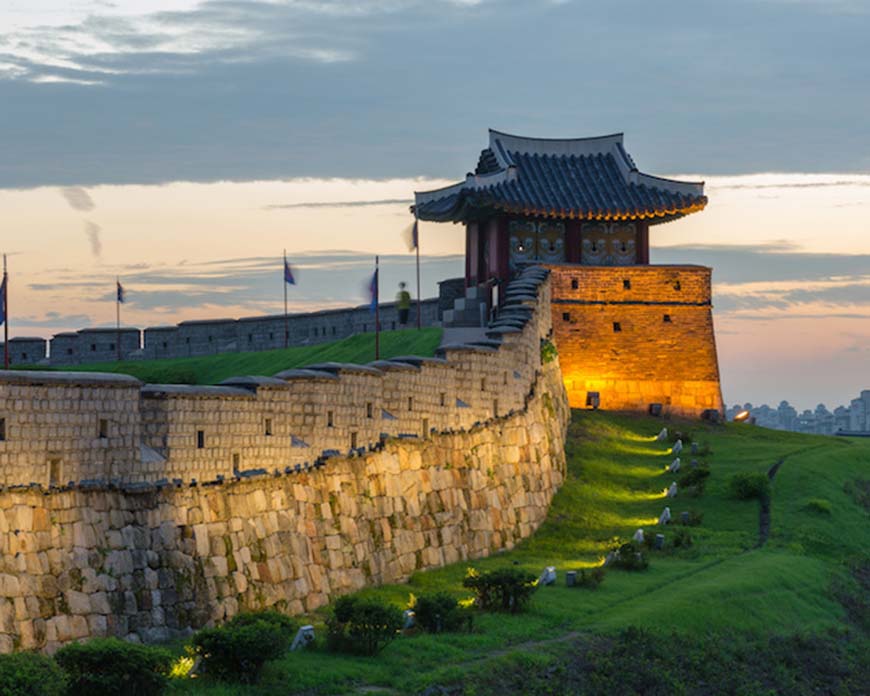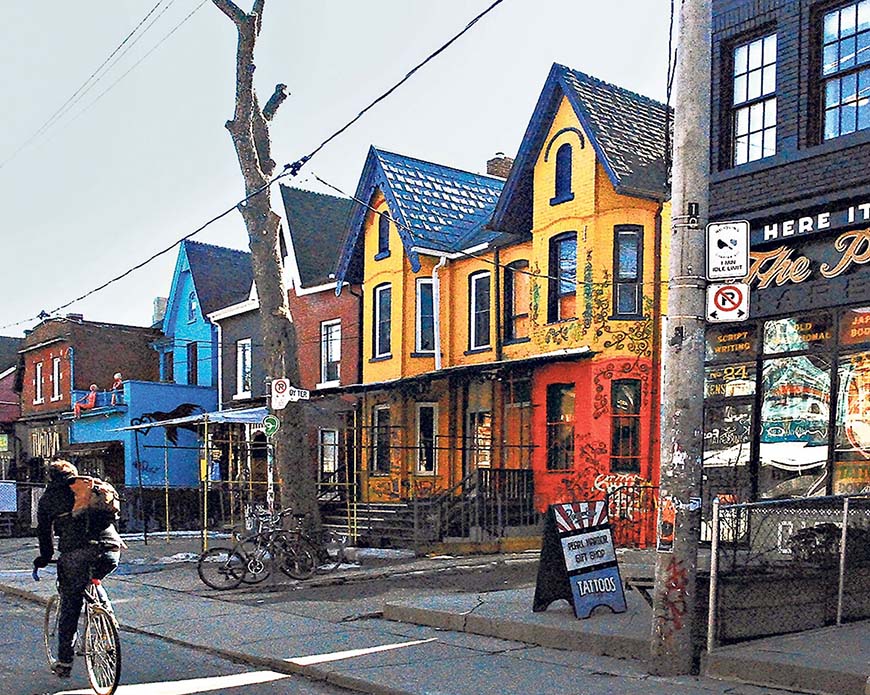Welcome to Rome, the Eternal City, where history, art, and culture intertwine to create an unforgettable travel experience. It is my pleasure to take you on a journey through the ancient streets of Rome, where every corner tells a story of the past. I’ll share valuable insights and advice to help you get the most out of your visit to the Eternal City.
Part 1: Unveiling Rome’s Historical Treasures
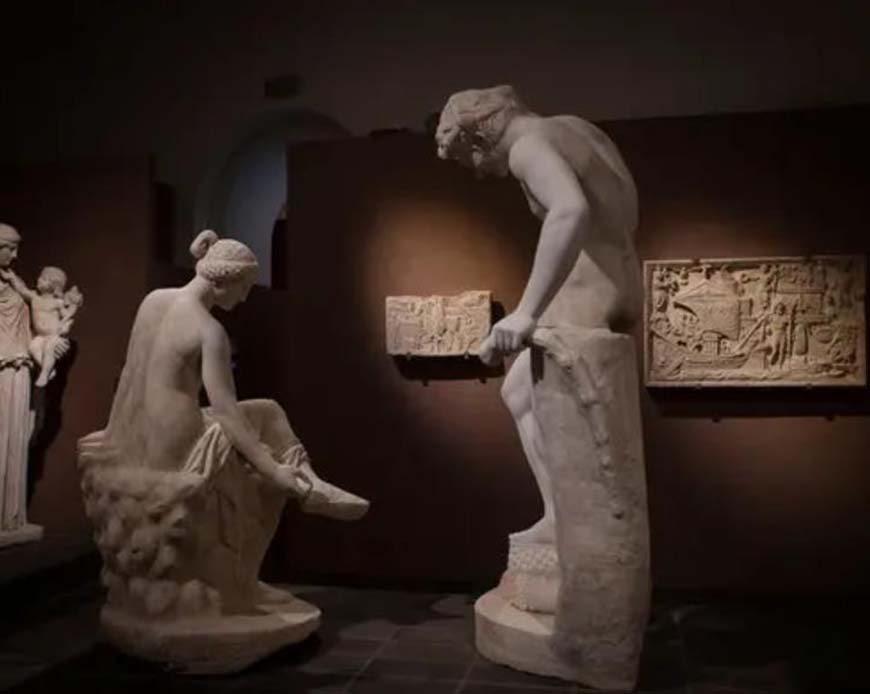
The Colosseum: A Symbol of Ancient Rome
No trip to Rome is complete without a visit to the iconic Colosseum. This ancient amphitheater, once used for gladiatorial contests and public spectacles, stands as a powerful symbol of the greatness of ancient Rome. Walk through the vast arena, envisioning the grandeur of ancient events that once took place here. For a more immersive experience, consider a guided tour to learn about the Colosseum’s history and architecture.
Roman Forum: The Heart of Ancient Rome
Adjacent to the Colosseum lies the Roman Forum, a sprawling archaeological site that was once the political, religious, and commercial center of ancient Rome. Wander through the ruins of ancient temples, basilicas, and government buildings, imagining the bustling life of the ancient Romans. To fully grasp the significance of this historical site, consider hiring a knowledgeable guide to unravel the stories behind its ancient ruins.
Pantheon: A Marvel of Roman Engineering
Step inside the magnificent Pantheon, a well-preserved ancient temple dedicated to the gods of Rome. Admire the majestic dome, a marvel of Roman engineering, and the oculus that allows sunlight to stream into the temple’s interior. Marvel at the exquisite architecture and artistry that make the Pantheon a testament to Roman ingenuity and creativity.
Roman Catacombs: An Underground Journey
Delve into the mysterious world of the Roman Catacombs, underground burial sites used by early Christians. Take a guided tour to explore the intricate network of tunnels and chambers, adorned with ancient frescoes and inscriptions. This unique experience provides a glimpse into the religious practices and customs of early Christian communities in ancient Rome.
Part 2: Embracing Rome’s Cultural Heritage

Vatican City: A Spiritual Haven
No visit to Rome is complete without a visit to Vatican City, the spiritual heart of Roman Catholicism. Marvel at the magnificent St. Peter’s Basilica, an architectural masterpiece adorned with renowned artworks, including Michelangelo’s Pietà. Don’t miss the opportunity to visit the Vatican Museums, home to an extensive collection of art and historical artifacts, including the famous Sistine Chapel ceiling.
Trevi Fountain: Toss a Coin for Good Luck
Join the tradition of tossing a coin into the Trevi Fountain, ensuring your return to Rome. This stunning Baroque fountain depicts Neptune, the god of the sea, and is a favorite spot for locals and tourists alike. Visit the fountain both during the day and at night when it is beautifully illuminated, creating a magical ambiance.
Piazza Navona: A Lively Square
Immerse yourself in the lively atmosphere of Piazza Navona, a picturesque square adorned with stunning fountains and charming cafes. This bustling square is an ideal place to enjoy a leisurely stroll, savor some gelato, and soak in the vibrant energy of the city.
Roman Villas: Tivoli Day Trip
Take a day trip to Tivoli to explore two magnificent Roman villas: Villa d’Este and Villa Adriana (Hadrian’s Villa). Villa d’Este features stunning gardens, elaborate fountains, and Renaissance architecture, while Villa Adriana showcases the grandeur of an ancient imperial residence, offering insights into the life of Emperor Hadrian.
Part 3: Savoring Rome’s Culinary Delights
Authentic Roman Cuisine
Indulge in authentic Roman cuisine at trattorias and osterias scattered throughout the city. Taste classic dishes such as Cacio e Pepe, Carbonara, and Saltimbocca alla Romana. Don’t forget to pair your meal with a glass of local wine or the traditional Roman digestif, Amaro.
Campo de’ Fiori Market
Visit the bustling Campo de’ Fiori Market, where vendors sell fresh produce, cheeses, cured meats, and local delicacies. This vibrant market is an excellent place to sample Roman street food and pick up some edible souvenirs.
Part 4: Navigating Rome’s Transportation
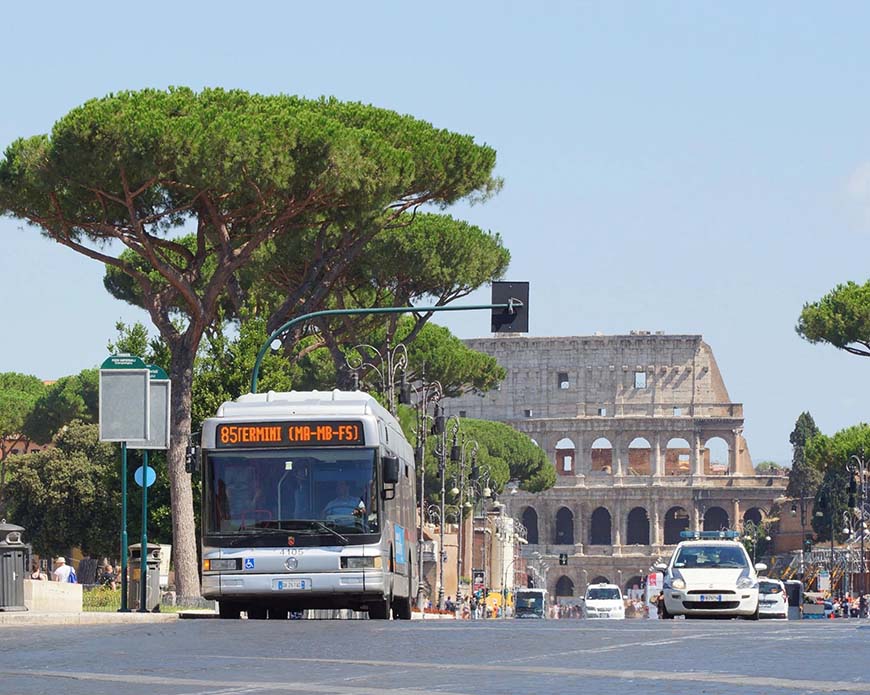
Walking: The Best Way to Explore Rome
Rome’s compact historic center is best explored on foot. Walk through the cobblestone streets, allowing yourself to stumble upon hidden gems and ancient ruins at every turn.
Public Transportation: Efficient and Convenient
Rome’s public transportation system includes buses, trams, and the metro, offering a convenient way to navigate the city. Purchase a Roma Pass for unlimited rides on public transport and skip-the-line access to some of Rome’s major attractions.
Part 5: Best Time to Visit Rome
Spring (April to June) and autumn (September to November) are the best times to visit Rome, as the weather is mild, and tourist crowds are relatively smaller than in the summer months. However, visiting during the off-peak winter months can provide a more intimate and peaceful experience, with the added bonus of festive Christmas decorations.
Rome, the ancient city that stands as a testament to the grandeur of the past, invites travelers to immerse themselves in its rich history and cultural heritage. From the awe-inspiring ruins of the Colosseum and Roman Forum to the spiritual haven of Vatican City, Rome offers a captivating blend of ancient wonders and artistic treasures. Savor the flavors of authentic Roman cuisine, toss a coin into the Trevi Fountain for good luck, and wander through the charming streets that hold centuries of history. Embrace the timeless allure of the Eternal City and allow its ancient charm to leave an indelible mark on your heart and soul.
